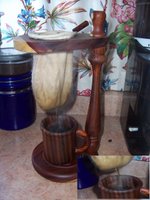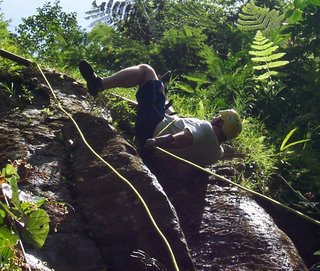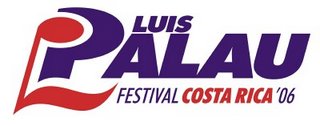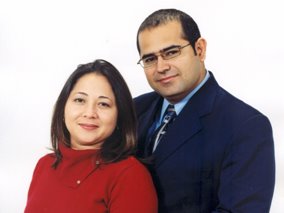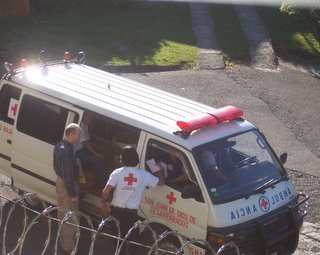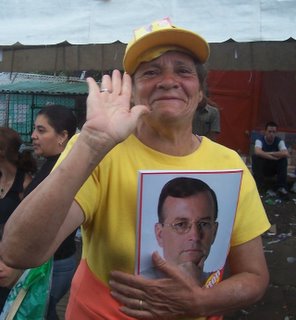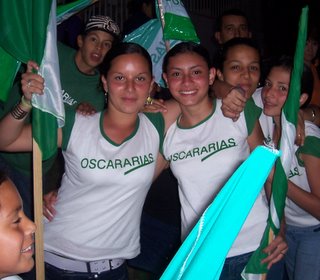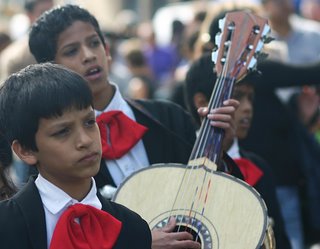 Cinco de Mayo, the holiday celebration that com- memorates the Mexican victory during of the Battle of Puebla, has passed without even the thought of a Mariachi band as pictured in the post. In fact, here in Costa Rica, we had let the day slip until Anthony Scoma, a pastor friend from Texas reminded us. (BTW, Anthony, the Yankees won last night. It wasn’t pretty, but they won!)
Cinco de Mayo, the holiday celebration that com- memorates the Mexican victory during of the Battle of Puebla, has passed without even the thought of a Mariachi band as pictured in the post. In fact, here in Costa Rica, we had let the day slip until Anthony Scoma, a pastor friend from Texas reminded us. (BTW, Anthony, the Yankees won last night. It wasn’t pretty, but they won!)
Still, we didn’t let the day pass without celebrating. We had the opportunity to celebrate with a Tico (Costa Rican) family who had invited us over for a cafecito. A cafecito is a light meal that takes place as early as 3:00 PM and as late as 5:00 PM, in which there are snacks, sandwiches, and some sweets, and of course, coffee! We had a wonderful time speaking in Spanish for 4 hours as the kids played through the house. Times like these help us realize how far we have come since arriving in Costa Rica back in August of last year.
It is a satisfying thing really. Language school is a transition time, and it is easy to focus on the field so much that we fail to identify with the culture and the people here in Costa Rica. We are glad to have been a part of the lives of so many Ticos, who through their generosity have welcomed us into their lives. The sad thing about it all is that just as we have advanced in our language skills to the point that we the opportunity to form relationships with others, we are looking forward to leaving Costa Rica in 3 short months. Still, we’ll choose to enjoy the time and the relationships that we have.
Update: 5-07-2006 Andy Raatz A/G Missionary to Moldova has some thoughts on transition here
Photo Credits: Java Cafe (2006). Mariachi Dreams. Retrieved 05/06/2006 from https://www.flickr.com/photo_zoom.gne?id=93107466&size=m

